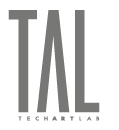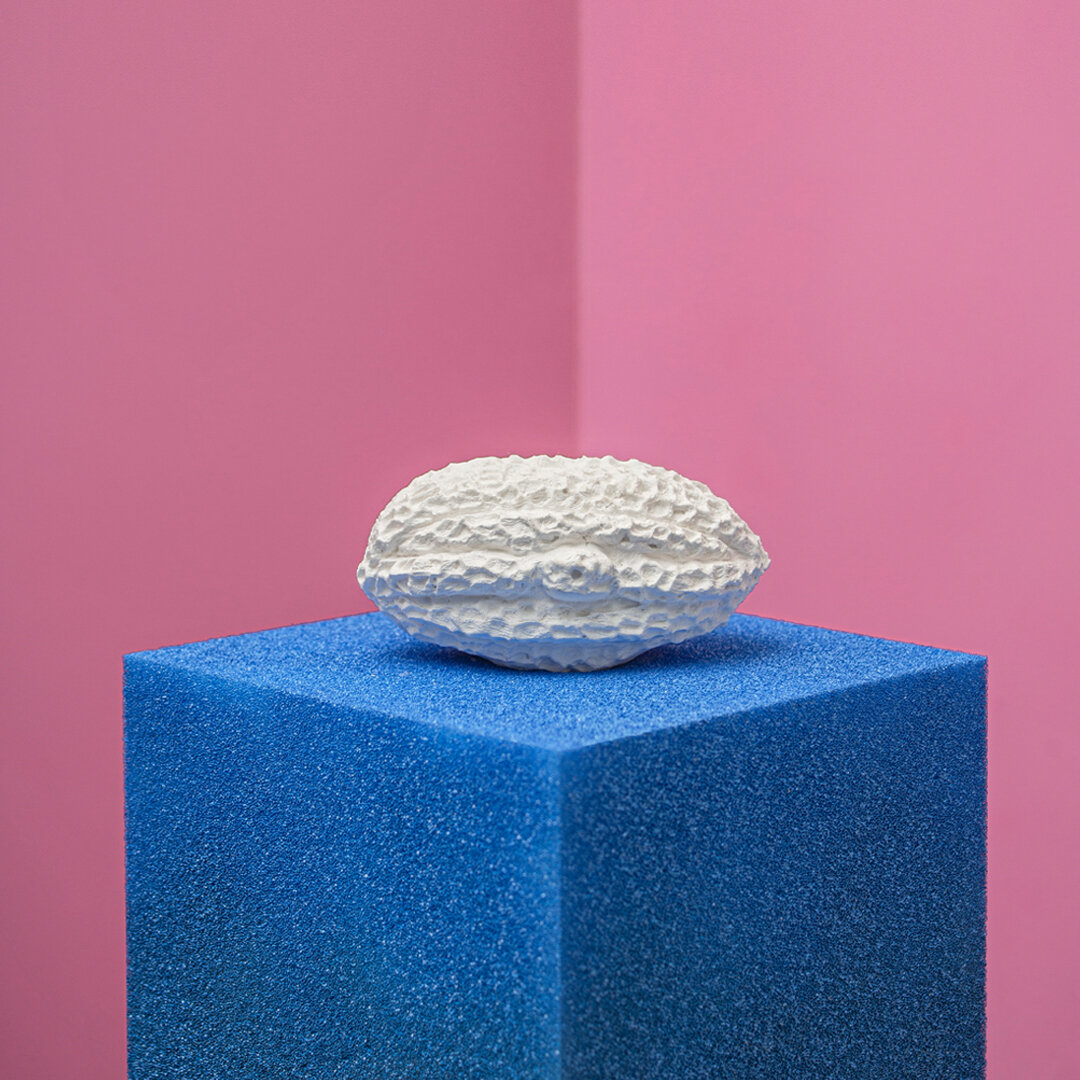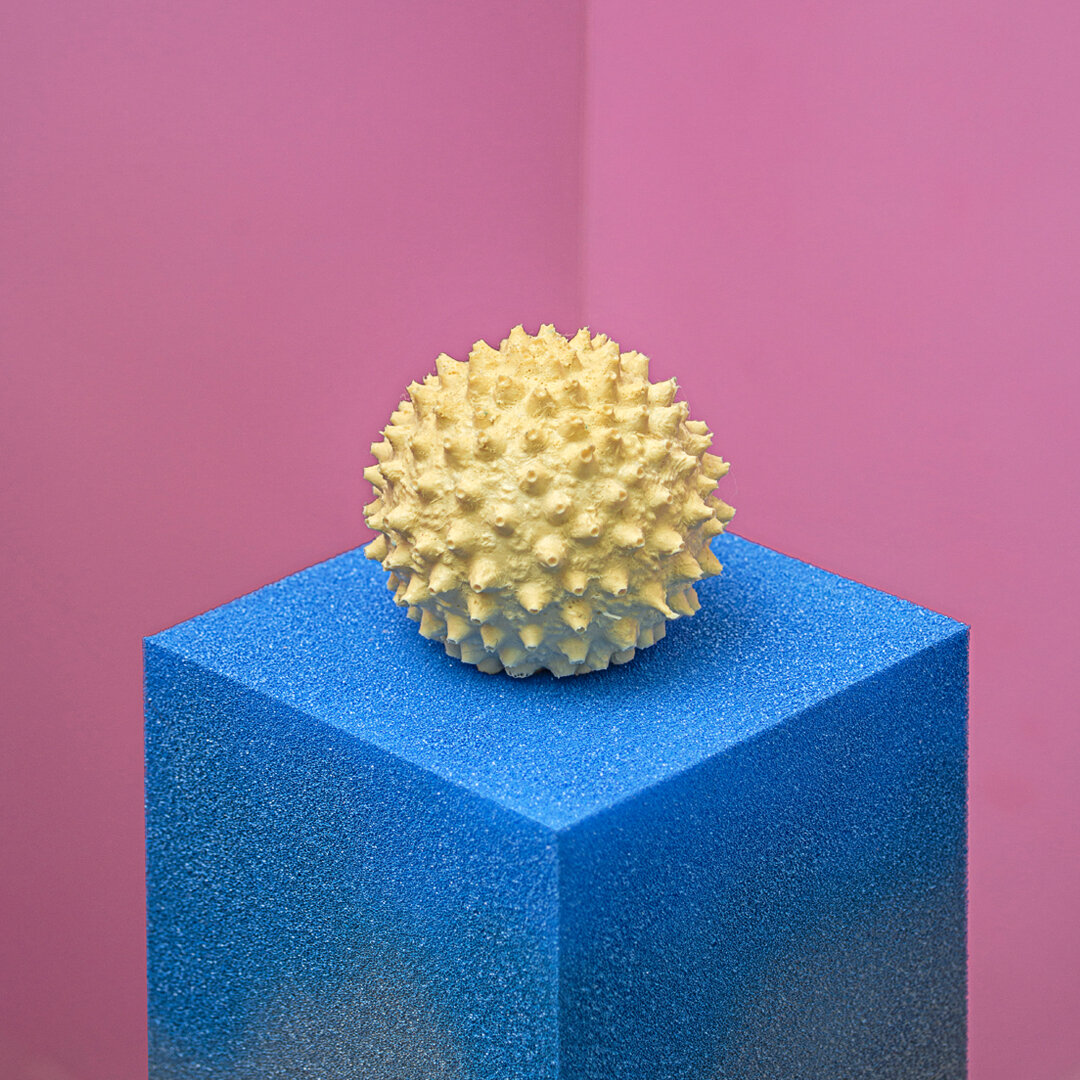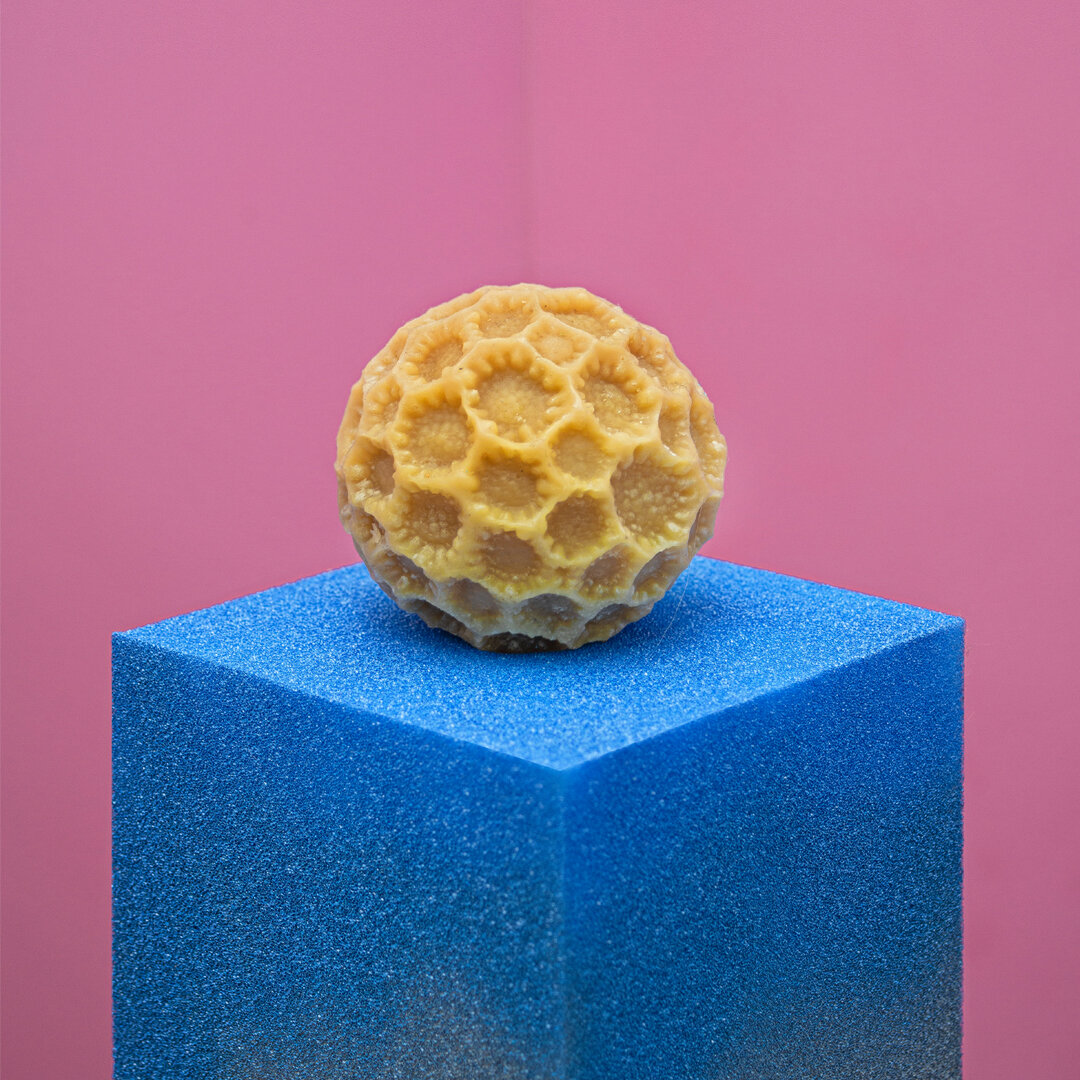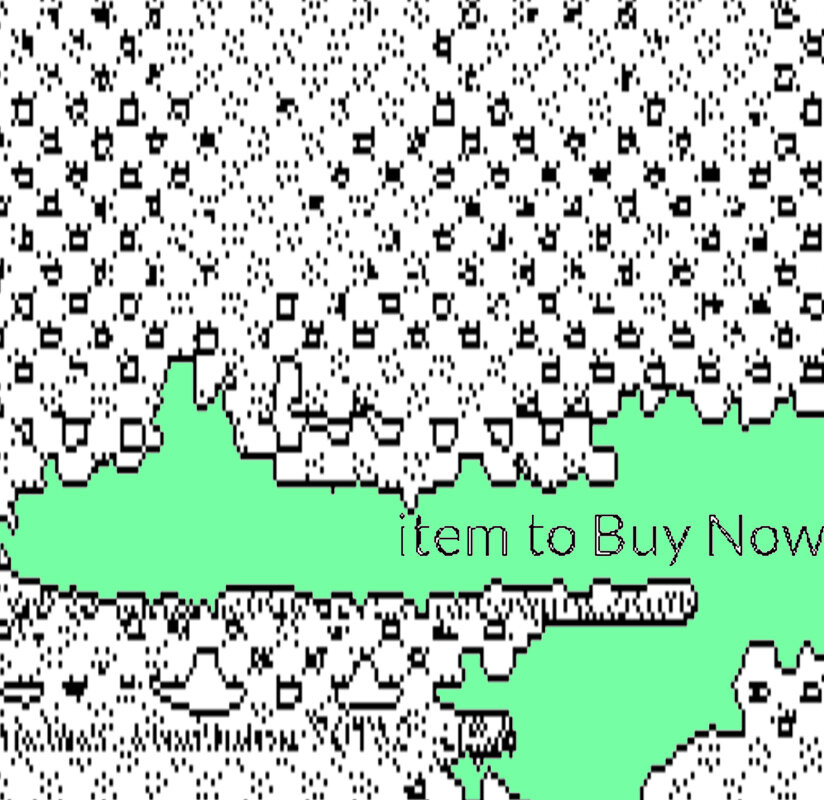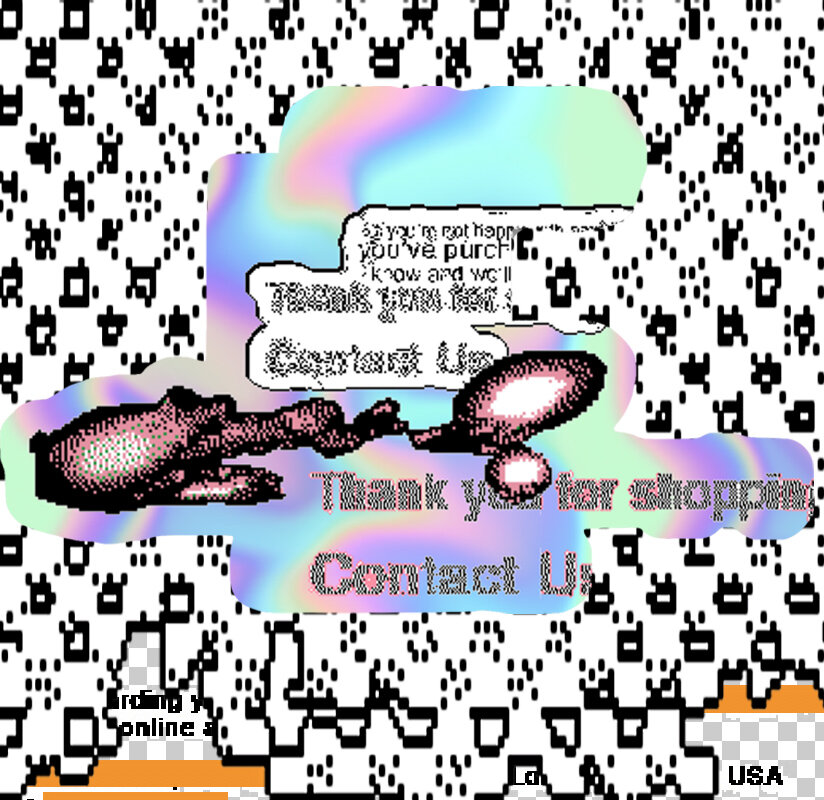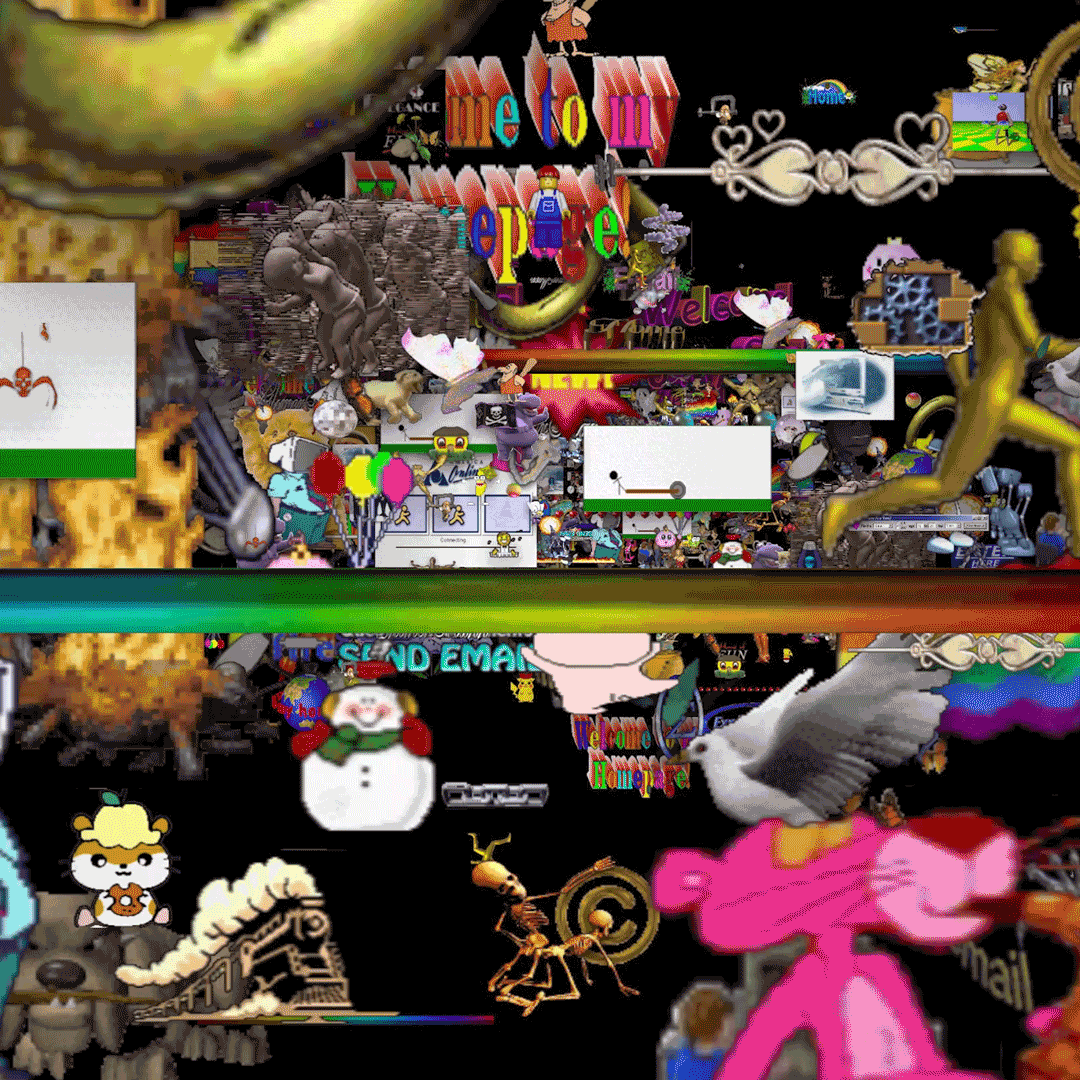TECH ART LAB
SESSION 1 / SESSÃO 1
Brazil – Switzerland / Brasil - Suíça
Gabriel Junqueira - / - Guilherme Gerais - / - Katrin Niedermeier - / - Till Langschied
(PT)
Tech Art Lab / Sessão #1 / Brasil – Suíça
Um projeto de TAL.ART.BR | Tech Art Lab com a colaboração do HarddiskMuseum
Criação, direção e curadoria: Gabriela Maciel
Apoio: Pro Helvetia South America
Link da exposição online 3D: https://harddiskmuseum.com/tech-art-lab-session1/
Com o objetivo de fomentar o intercâmbio cultural internacional entre o Brasil e a Suíça, este projeto inteiramente online nasceu em meio à pandemia e reflete, com olhar crítico, a pesquisa dos artistas e da curadora, com diferentes pontos de vista, questionando os atos e a representação da humanidade no mundo real e virtual, analógico e digital. A exposição resulta de uma série de diálogos online, mantidos entre os artistas e a curadora, de janeiro a março de 2021. Este programa cria pontes entre as cenas culturais contemporâneas brasileira e suíça, por meio da comunicação, da inovação e de intervenções artísticas. Os participantes e as instituições parceiras utilizaram aparatos digitais em todas as etapas de sua concepção, desenvolvimento e finalização, para criar e produzir as obras; para as discussões curatoriais; por meio de exibição online e comunicação pública. Para acessar a memória das obras desenvolvidas durante os diálogos online, a TAL Tech Art Lab e o HarddiskMuseum lançaram a exposição em abril de 2021, por meio de suas plataformas globais. Este projeto é apoiado pela Fundação suíça para a cultura Pro Helvetia no contexto do programa na América do Sul «COINCIDÊNCIA».
(EN)
Tech Art Lab / Session #1 / Brazil – Switzerland
A project by TAL.ART.BR | Tech Art Lab with the collaboration of HarddiskMuseum
Supported by: Pro Helvetia South America
3D online exhibition link: https://harddiskmuseum.com/tech-art-lab-session1/
Tech Art Lab Sessions project provides a series of web dialogues between artists and curators that culminates in the realization of an online exhibition. Created, directed and curated by Gabriela Maciel / TAL Tech Art Lab, it counts with the collaboration of the HarddiskMuseum. This first edition, Session 1 _ Brazil - Switzerland, is supported by the Swiss Arts Council Pro Helvetia in the context of its South America programme «COINCIDENCIA» and has the participation of two Swiss based artists: Katrin Niedermeier and Till Langschied, together with two Brazilian artists: Gabriel Junqueira and Guilherme Gerais.
Born amidst an utterly hard planetary pandemic reality, with the purpose of nurturing an international cultural exchange, this complete online cultural project creates bridges between the Brazilian and the Swiss contemporary cultural scenes through communication, exchange and artistic intervention, developing and presenting art and technology works, images and audio-visual narratives.
The participants and partner institutions used digital apparatus in all steps of its conception, development and deliverance to create and produce the artworks; for the curatorial discussions and for final presentation, through online exhibition and public communication.
Technology shapes the contemporary society in unprecedented ways. Used for an infinite number of reasons and purposes, from everyday communication to leisure, from control mechanism to guide thoughts and to lead politics. It also helps us to analyse nature and it can be seen as our passport and our prison within systems, memories and algorithms.
Tech Art Lab _ Session 1 _ Brazil - Switzerland reflects the artists’ and curator’s research on how such diverse and controversial aspects can be put up front through cultural and artistic works. With critical eyes, different points of view are exposed to the public, questioning the acts and the representation of humanity in the real and the virtual, analogue and digital world.
Gabriel Junqueira
"ArchViz" is the abbreviation for Architectural Vizualization. “Archviz Habitat” is a single channel video created by Gabriel Junqueira; made with 3D architectural visualization softwares that are commonly used in the real state enterprises to represent and simulate yet to be constructed structures. Inspired by corporative architecture and landscaping concepts, the artist creates an impossible location, where figurative elements are rearranged leading to abstraction. Fragments of digitally generated organic matter grows inside the moving walls of a sinking building and a rainforest takes over concrete structures built by humans. In Archviz Habitat, the space between architecture and landscape are blurred until they merge into a single body: coexistence amidst an impossible place that tries to evoke a possible future.
Guilherme Gerais
Mr.Chao" was developed by Guilherme Gerais in the early '00s as part of a new generation of computer machines, but which surprisingly disappeared from servers for a certain time. Recently, his presence was detected in clusters of giant data centers. Guilherme Gerais has been his interlocutor since then, investigating his data storage and making interviews with the AI about his peculiar interest in the multiple dimensions of life on Earth. For now, we have a glimpse of one of Mr. Chao's findings, a small group of "Pollen Sculptures". Asked about the topic, Mr.Chao answered emphatically "because it makes us reflect, think and feel on multiple scales, ones that disorient the homogeneous vision that governs the vast majority of humans'’. In 2019, Gerais organized the publication of the book "The Best of Mr.Chao - A Futurologist Collection" as well as an exhibition with homonyms name. It was the first glimpse of Mr.Chao's archive, which comprises still uncovered texts, videos, images, publications, and other hidden files, which will be known as the conversations between the two go on.
Katrin Niedermeier
Katrin Niedermeier’s new work entitled "idle idol sweat shop" echoes the methods of consumer-feedback-chains by using the body, the item and the image as shells and vessels. It is to be filled up with experience and meaning, or better said, as knowledge, producing intelligence and future idols that influence our entire lives in the analogue as well as in the digital world. These pieces characterise idle poses that are performed by a professional dancer in movement into newly produced and knitted sweaters. Each sweater and its knitted motif is developed and inspired by previously purchased digital characters, avatars, their fictional environment and imagery, but also by explicit wording taken from the receipts of the avatars' contracts and licenses. Katrin’s multi-layered performances, shop and videos of this series could be seen as abstract portraits of each sold item. They are filled with meaning and should be experienced by functioning within normative structures rather than disruptive. This applies by playing ‘feminine’ online presence stereotypes and their image production by using readily available consumer software, copying this methodology for different aspects of this artwork.
Till Langschied
Till Langschied refers to the early days of the internet as a way to figure out how we ended up with the digital reality we encounter nowadays. One of his interests within this research is the late 90s and early 2000s gifs, which were used on personal websites before the rise of social media. These ancient looking little animated images are manipulated with state-of-the-art 3D animation software and used as textures and characters in his short videos, creating an uncanny glitch between past and present. Langschied’s way of looking into the early internet attempts to understand how it evolved and, at the same time, questions if humans can keep up with the rapid changes of technology. It is said that you have to know the past to understand the present.
